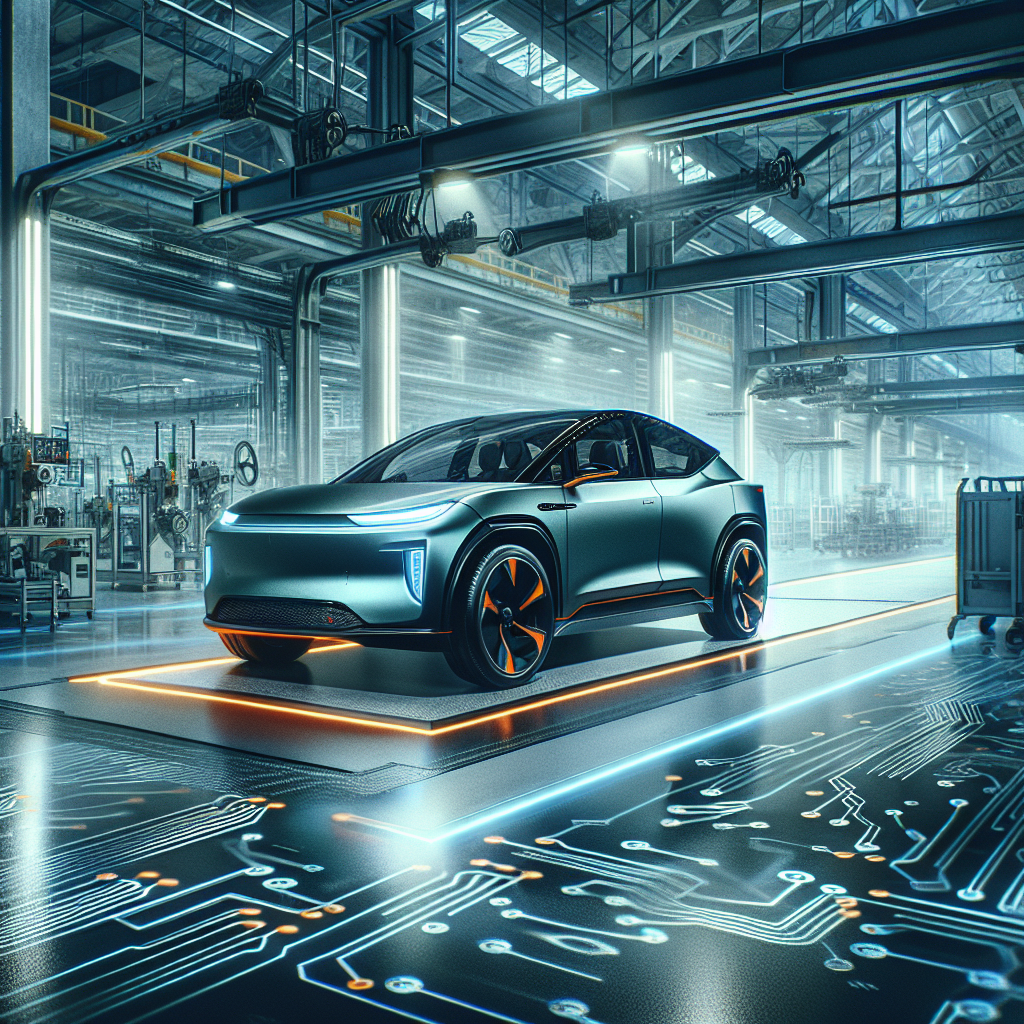Rivian’s Revised Production Targets: Why 2024 EV Output is Set to Drop
In a move that has captured the attention of the automotive industry, Rivian has announced a significant reduction in its electric vehicle production targets for 2024. This decision has sparked discussions about the future of the electric vehicle (EV) market and what these changes may mean for consumers and competitors. So, why is Rivian scaling back its production, and what implications could this have for the broader industry? Let’s dive into the latest developments and explore the strategic factors behind Rivian’s decision.
Understanding Rivian’s Production Decision
Rivian’s decision to lower its EV output in 2024 stems from a combination of internal and external factors. One of the primary reasons is ongoing supply chain disruptions that have been affecting the entire automotive industry. Despite efforts to streamline and secure components, challenges in obtaining critical parts like semiconductors continue to plague manufacturers globally. Furthermore, market demand dynamics are prompting evaluation, as automakers analyze consumer interest and purchasing power in a post-pandemic economy.
Strategically, Rivian is focusing on initiatives that ensure long-term sustainability and profitability. By moderating production, the company aims to optimize resource allocation and potentially improve the quality and reliability of its vehicles. In interviews, Rivian executives have noted the importance of prioritizing long-term growth over aggressive short-term expansion.
Impact on the Electric Vehicle Market
Rivian’s revised production targets may have several ripple effects on the electric vehicle market. First, this move could influence competitive dynamics among EV manufacturers, with competitors potentially seeing opportunities to capture greater market share. Established players like Tesla and emerging rivals are closely monitoring these developments to strategize accordingly.
For consumers, a decreased production rate might lead to limited availability of Rivian models, potentially driving prices higher and extending waiting periods for new orders. However, this scenario also opens doors for other brands to enhance their offerings and appeal to environmentally conscious buyers looking for readily available alternatives.
What This Means for Rivian’s Future
In terms of Rivian’s future, the production cutback could signify a pivotal moment for the company’s positioning in the automotive landscape. Investor confidence is a key consideration, as stakeholders evaluate the potential impacts on profitability and market perception. While Rivian has a loyal base and innovative designs, maintaining this momentum is crucial for sustained success.
Furthermore, this strategic move may align with Rivian’s broader vision of fostering a robust, quality-driven brand rather than focusing solely on production volume. As the company navigates these adjustments, its ability to adapt and re-strategize will likely shape its trajectory in the competitive EV market.
Conclusion
Rivian’s decision to adjust its production plans for 2024 offers insights into the complexities of navigating the evolving electric vehicle landscape. While challenges persist, this shift highlights the importance of strategic planning and adaptability in a rapidly changing industry. Consumers and the market will undoubtedly keep a close watch on these developments as they unfold.
As we look toward the future, Rivian’s production adjustment serves as a reminder of the broader trends influencing the EV market. Consumers may need to adapt expectations, while industry players reassess strategies to align with the ever-changing demands of technology and sustainability.





